A Brief History Of Art Censorship From 1508 To 2014
Merriam-Webster defines censorship as "the practice of officially examining books, movies, etc., and removing things that are considered to be offensive, immoral, harmful to society, etc."
The art world -- a realm populated by masterpieces often hailed for their transgressive, controversial and taboo characteristics -- regularly butts against standards of decency and good taste in the fight for freedom of expression. Throughout history works of art have been altered, silenced and even erased due to unacceptable content, whether the motivations for censorship were religious, social or political. Yet artists have long pushed boundaries of "offensive" through their imagery and content, presenting everything from portraits of a vulva to a performance replicating 19th century "human zoos."
After last week's brutal attack on Paris' satirical magazine Charlie Hebdo, and in many ways on free speech in general, censorship remains as crucial an issue as ever. While sources like The Telegraph and the Associated Press self-censored images of past Hebdo covers in the wake of the tragedy, blurring out potentially "immoral" images of the Prophet Mohammed, other outlets defiantly published the same works. It's clear that the phrase "harmful to society" is still a contentious qualifier.
In light of the events in France, and this critical moment for artistic expression, we're revisiting some of the most impactful moments in the history of art censorship (and attempted censorship), from the 16th century up until the recent events of 2014. Let's begin:
1565: Michelangelo's "The Last Judgement"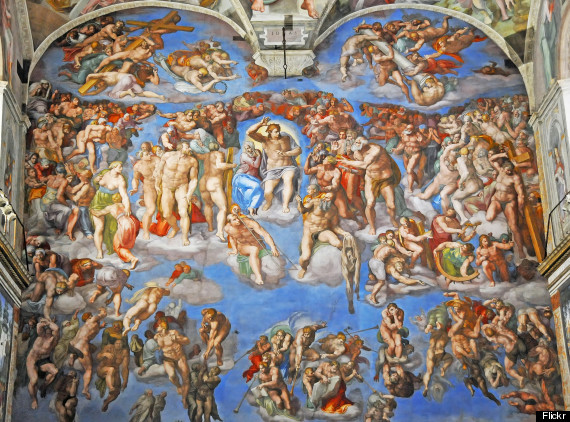
Although it may not look like the most racy of works to contemporary eyes, Michelangelo's famed Sistine Chapel fresco was deemed unholy and immoral by many proponents of the Catholic faith, including Pope Daniele de Volterra. The scene depicts (unclothed) human souls who rise or fall to their otherworldly fates; some critics could hardly concentrate on the religious message through all the naked parts.
Poet Pietro Aretino wrote of the work: “Is it possible that you, so divine that you do not deign to consort with men, have done such a thing in the highest temple of God? Above the first altar of Jesus? Not even in the brothel are there such scenes as yours…” A pupil of Michelangelo's later added loin cloths to the once nude figures.
1865: Edouard Manet's "Olympia"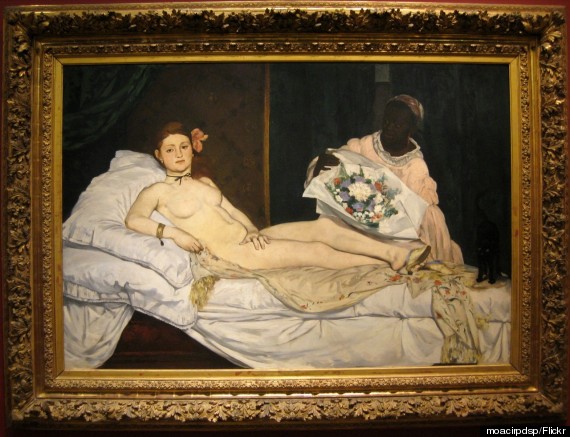
By this time, classical nudes had been integrated into the language of art, with painted bodies like Michelangelo's becoming not only accepted but revered. Lounging nudes and odalisques popped up without complication in works by Titian and Giorgione, yet Manet's red-headed nude was deemed "vulgar" due to her unwavering gaze and realistic representation.
While most nudes at the time were rendered in an idealized style, Manet chose to capture nudity in all its bodily reality. Olympia stares head-on at the viewer without hesitation, displaying her form in all its fleshly, erotic glory. Although the work was allowed to exhibit at Paris' annual salon in 1865 (no censorship there), two policemen were brought in to protect the canvas from furious bystanders who flooded the show.
1866: Gustave Courbet's "The Origin of the World"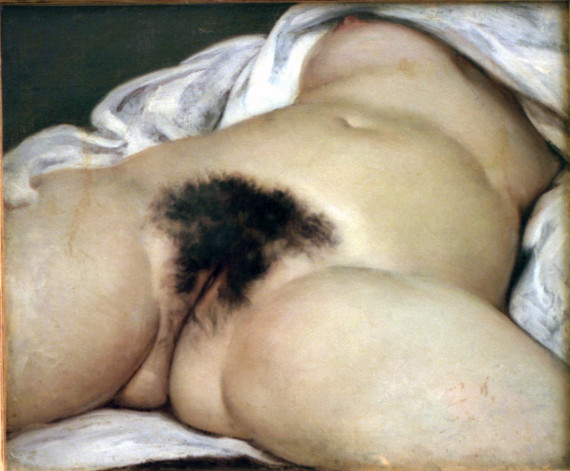
Only one year after Manet's "Olympia," Courbet upped the ante on NSFW depictions with his naturalistic view of the world's origin -- aka, a close-up portrait of the vulva. Commissioned by Turkish diplomat and collector Khalil-Bey, the work rose to an almost mythical status and was rumored to have only been displayed to others from behind a curtain.
The piece didn't show publicly until 1995, and its whereabouts between 1866 and the late 20th century remain shrouded in mystery. For such a famous painting, it was seldom actually seen. And, yes, the piece is still too scandalous for Facebook, which censored the work in 2011.
1894: Frederick MacMonnies’ "Bacchante and Infant Faun"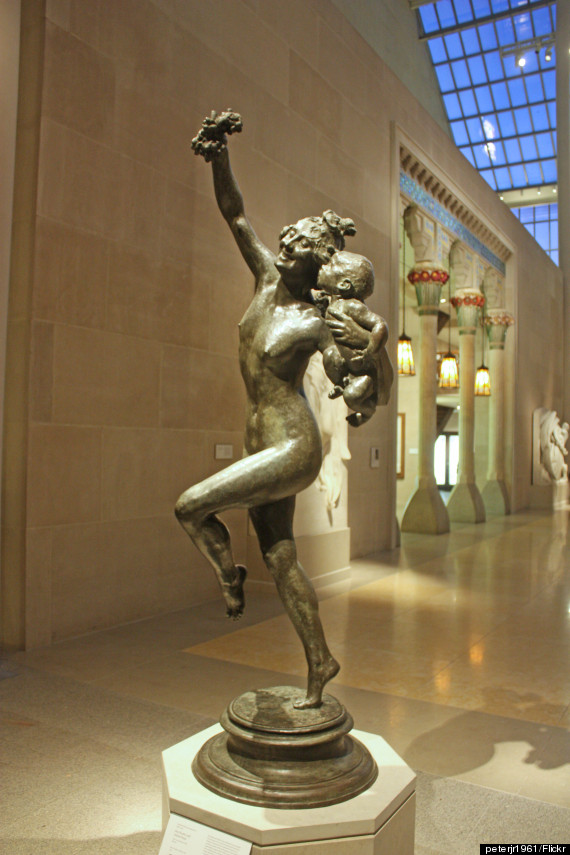
This bronze statue of Roman wine deity Bacchante holding a child doesn't look all that NSFW, but the piece sparked outrage when an architect attempted to install the work in the courtyard of the Boston Public Library in Copley Square. The Women’s Christian Temperance Union expressed outrage at the "drunken indecency" on display; their protests eventually led to the piece's transfer to New York. Today it resides happily in the Metropolitan Museum of Art.
1969: Dorothy Iannone's Depictions Of "Ecstatic Unity"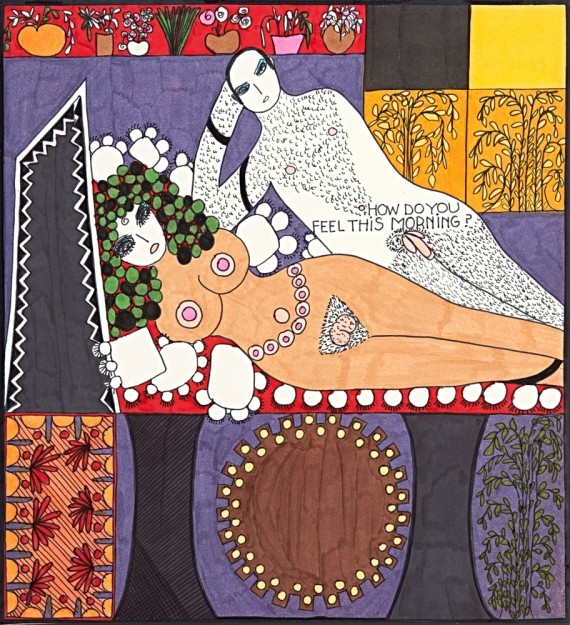
Iannone, a self taught artist, combines elements of comics, illustration and pornography in her intoxicating visions of supernatural sexuality. Her colorful depictions of wild eroticism were removed from an exhibition at Kunsthalle Bern in 1969, after the museum director demanded the genitalia in her works be covered up. Since her paintings were dubbed "pornographic," Iannone has put up a fight against censorship in art, promoting instead values of free love, female independence and sexual autonomy.
1987: Andres Serrano's "Piss Christ"
Once upon a time in 1987, photographer Serrano dipped a plastic crucifix into a cup of his own urine and it was forever dubbed "Piss Christ." The work was shown in New York to a positive reaction, yet when exhibited in a North Carolina exhibition two years later, with funding from the National Endowment of the Arts, things got ugly. Local Senator Jesse Helms publicly expressed his outrage, stating that the work "dishonor[ed] the Lord." The incident caused Serrano to lose grants and the artist received death threats for nearly 15 years thereafter.
"Piss Christ," to this day, remains as controversial as ever. A group of protesters attacked the piece with a hammer at a 2011 exhibition and just last week the Associated Press took down the image due to pressure following the Charlie Hebdo attack.
1989: Robert Mapplethorpe's "The Perfect Moment"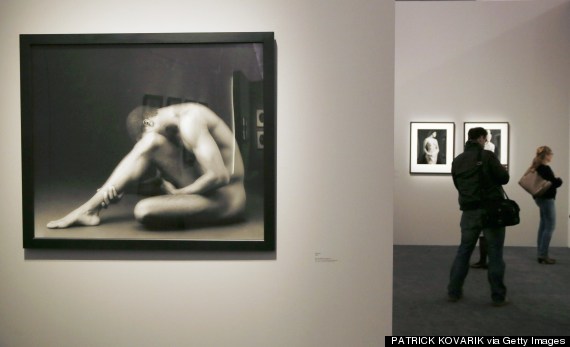
Mapplethorpe's 1989 black-and-white photography exhibition sparked a dialogue on sexually explicit images and the true state of freedom of expression, showcasing a dramatically lit photograph of a man urinating into another man's mouth and another of a fist being inserted into a man's anus. The exhibit, slated to show at the Corcoran Gallery of Art in Washington, D.C., was cancelled before it even began.
Senator Helms caught wind of this exhibition as well and was not pleased. He bashed the NEA again, criticizing it for subsidizing a show he claimed featured "morally repugnant materials of a sexual nature." A 2013 exhibition titled "Saints and Sinners" commemorated the 25th anniversary of the controversial moment in the fight for freedom of expression.
1989: "Dread" Scott Tyler’s "What is the Proper Way to Display the US Flag?"
Scott, an art student at the Chicago Institute of Arts, organized an installation in which viewers could not reach the photography book at the center of the show without stepping on an American flag laid out on the ground. As a result, some viewers were arrested for stepping on the flag, after a veteran alerted authorities of the work. (Scott himself was arrested for burning a flag in defiance of the Flag Protection Act in 1989 as well.)
Visitors were also encouraged to record their thoughts on the show, which ranged from "I feel you did something wrong and I feel you should be put in jail or have something done to you for this. I love my country and it hurts me to know that don’t" to "This flag I’m standing on stands for everything oppressive in this system -- the murder of the Indians and all the oppresses around the world, including my brother, who was shot by a pig who kicked over his body to 'make sure the n***** was dead.' The pig was wearing the flag."
The installation had its critics. President Bush called the work "disgraceful" and Bob Dole expressed: ''Now, I don't know much about art, but I know desecration when I see it." Tyler, only 24 at the time, received numerous death threats resulting from the piece.
1990: Karen Finley's "We Keep Our Victims Ready"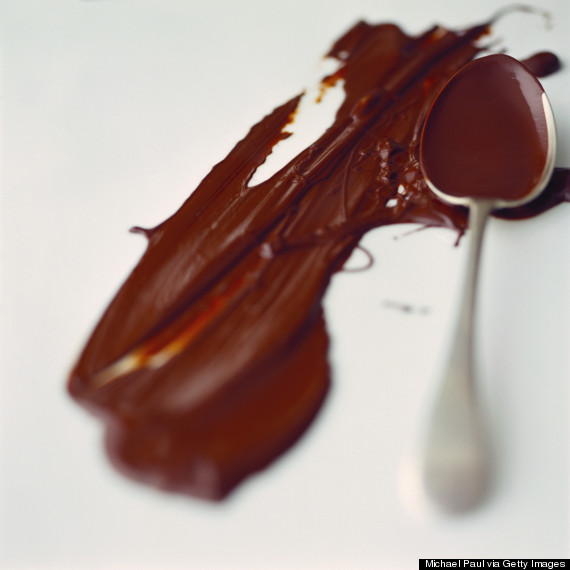
Finley along with Tim Miller, John Fleck, and Holly Hughes are known as "The NEA Four," a nickname the quartet earned after their respective NEA proposal grants were vetoed in the 1990s. Finley's grant was vetoed due to review by Rowland Evans and Robert Novack -- who never saw the piece in person. The New York Times wrote at the time: "What put Ms. Finley in the storm over the National Endowment is a recent syndicated newspaper column by Rowland Evans and Robert Novak in which she was cited as an example of the trouble the endowment has brought upon itself because of its willingness to finance exhibitions that might be considered obscene or without 'true artistic merit.'" They also condescendingly referred to her as a 'nude, chocolate-smeared young woman.'"
Finley responded: "My work is against violence, against rape and degradation of women, incest and homophobia. When I smear chocolate on my body it is a symbol of women being treated like dirt.''
The controversy eventually led to a Supreme Court case in 1998, which Finley lost after her proposal failed a congressional "decency" test for federal funding.
Finley did, however, achieve minor revenge, executing a piece entitled "Return of the Chocolate Smeared Woman" in TriBeCa in 1998, as a reaction to the controversy and hearing. "As we file in, gorgeously painted men and women in a little bit of brown velvet offer cups of beer and direct us to sit on white plastic paint cans. Up on stage, a good-natured crew (the Furballs) are doing the hustle as a line dance, the beat bouncing off the walls, lights flashing. Karen arrives, disrobes, and begins slathering herself with brown goo."
1999: Chris Ofili's "The Holy Virgin Mary"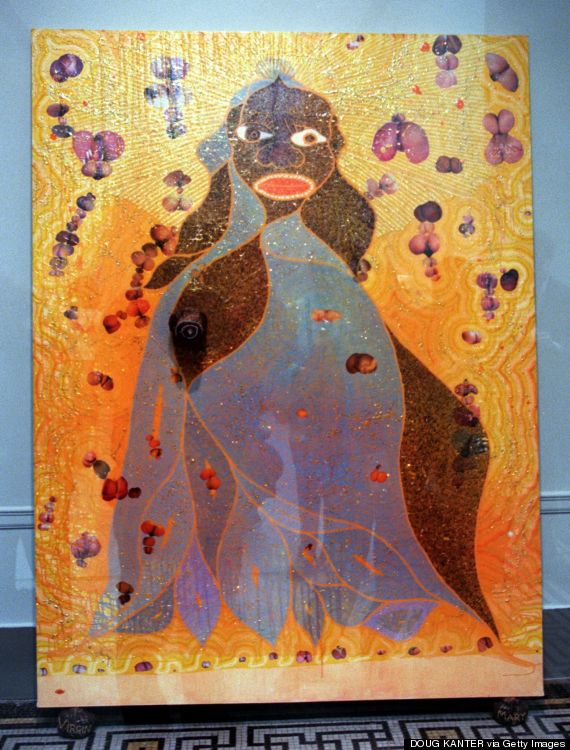
For the uninitiated, Ofili's "The Holy Virgin Mary" depicts a black Virgin Mary with a clump of elephant dung on one breast and clippings of pornographic magazines in the background. Mayor Rudy Giuliani was not a fan, dubbing the work along with others from the "Sensation: Young British Artists From the Saatchi Collection" exhibition "sick stuff." Giuliani filed a lawsuit against the Brooklyn Art Museum for showing the work. The museum resisted Giuliani's demands, and its director in turn filed a federal lawsuit against the mayor for a breach of the First Amendment. The museum won the case.
2012: Pussy Riot's "Punk Prayer -- Mother of God, Chase Putin Away!"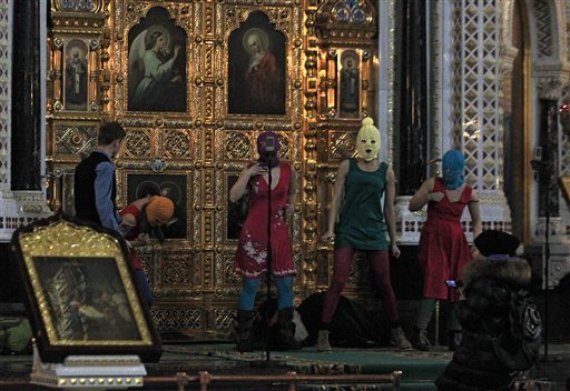
In February 2012, five members of the feminist punk rock group Pussy Riot staged a performance in Moscow's Cathedral of Christ the Savior, protesting the church's support for Vladimir Putin during his election. The collective, donning brightly colored miniskirts and balaclavas, danced wildly while shouting "Mother of God, Blessed Virgin, drive out Putin!" After 40 seconds they were removed by police. Subsequently, three of the group members were convicted of "hooliganism motivated by religious hatred" and imprisoned as a result.
Following their sentencing, people around the world, from Bjork to the German parliament, expressed their disapproval. Amnesty International even declared August 17 "Pussy Riot Global Day." The women were released in 2013; however, after they performed onstage with Madonna, six members of Pussy Riot petitioned to remove Maria Alyokhina and Nadezhda Tolokonnikov from the group for forgetting their original aspirations and becoming "institutionalised advocates of prisoners' rights."
"When we were jailed, Pussy Riot immediately became very popular and widely known," explained Alyokhina and Tolokonnikov, "and it turned from just a group to essentially an international movement. Anybody can be Pussy Riot, you just need to put on a mask and stage an active protest of something in your particular country, wherever that may be, that you consider unjust."
2014: Ai Weiwei's Sunflower Seeds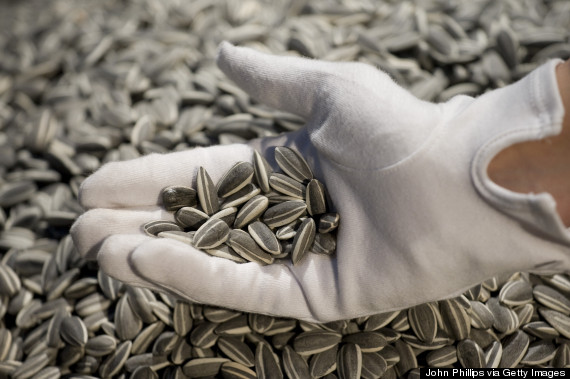
Chinese artist and activist Ai was supposed to exhibit his porcelain sunflower seeds at an exhibition honoring the 15th anniversary of the Chinese Contemporary Art Award in 2014 -- he was, after all, a founding, three-time jurist. Yet due to pressure from the Chinese government, which Ai has never been shy about criticizing, his work was cut from the "15 Years Chinese Contemporary Art Award" show. Furthermore, museum workers erased Ai's name from the list of the award's past winners and jury members.
Ai remains unable to leave China as a result of his arrest in 2011.
2014: Brett Bailey's "Exhibit B"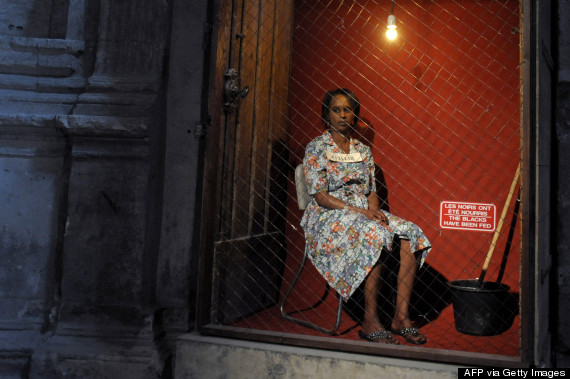
This controversial performance replicated the "human zoos" that existed in the 19th and 20th centuries, forcing viewers to confront a heinously racist moment in history head on. However, many accused the exhibition, which featured black actors in cages and chains, of being racist itself.
The piece was slated to run at London's Barbican Centre, but was cancelled due to the "extreme" nature of the protests and threats made against the performers and staff. "We find it profoundly troubling that such methods have been used to silence artists and performers and that audiences have been denied the opportunity to see this important work," a statement from the Barbican read.
"It has not been my intention to alienate people with this work," Bailey wrote for The Guardian soon after. "To challenge perceptions and histories, yes. Explicitly to offend, no."

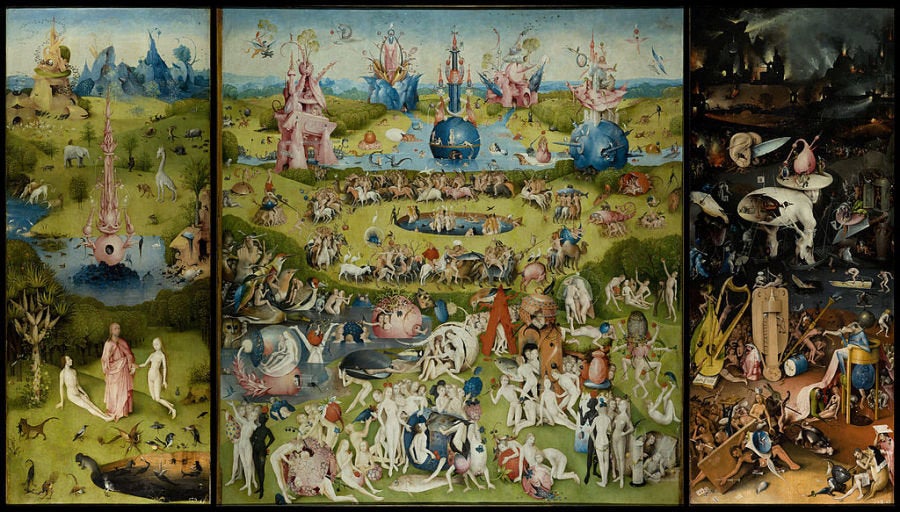

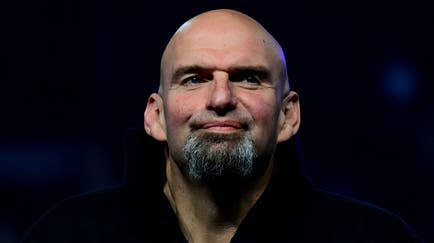







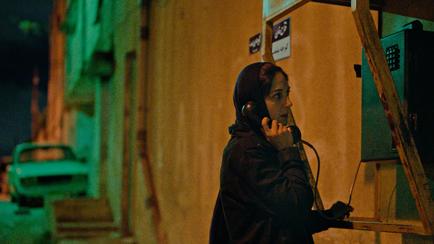







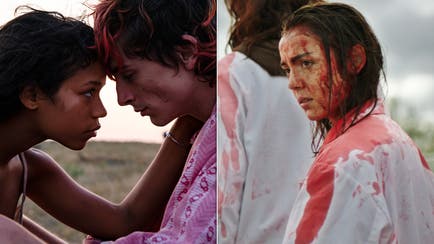













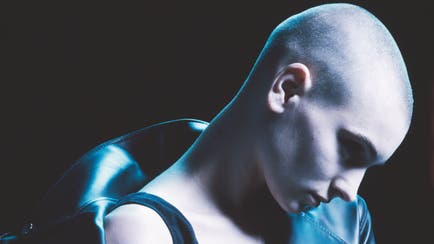


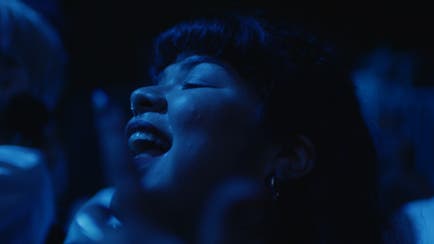


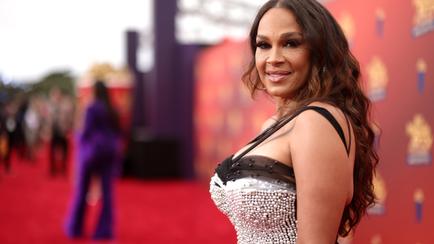



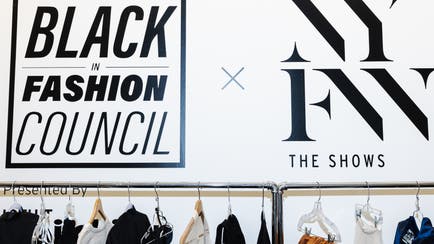

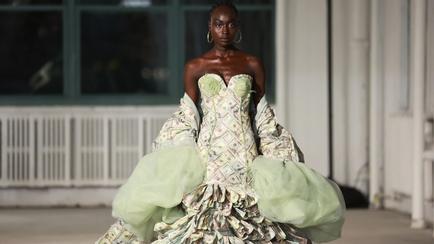
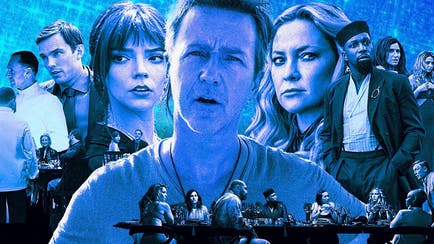
No comments:
Post a Comment